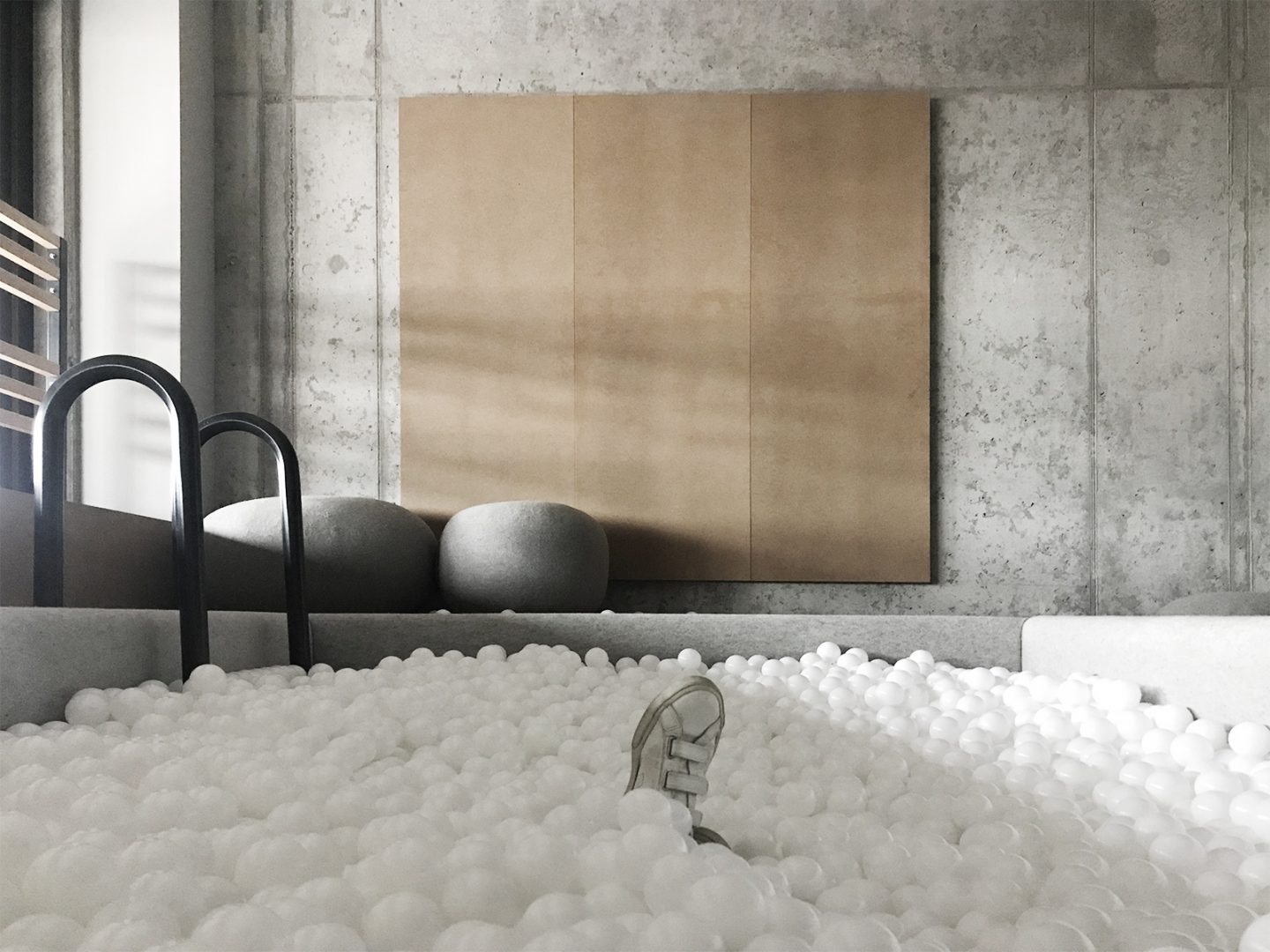About a rediscovered freedom
Building, romping, hiding, giving free rein to ideas, doing somersaults in our heads: we played as children. And we were happy doing it. Especially when we played together. We invented new things, flew in our minds to undiscovered universes, created our very own worlds with all our senses. Playing connected us.
Then we grew up and the seriousness of life took the place of play. How quickly we forgot how important play is – also as an act of freedom. That this form of arrangement is valuable and enriching and takes us further. The fact is, playful elements are linked to positively charged memories. And positive memories find their way directly into the subconscious. How would it be if play could once again penetrate upwards from there, with new rules for our product and media jungle?
Gamification is the name given to the transfer of game-typical processes and elements into new environments. Relevant design will itself do somersaults in the head again and find ways to play online, offline and between the line. This begins with catchy symbols, emoticons or animations that reduce the likelihood of abandonment during a shopping process, emotionally reward the shopper or convey the security of a password. It continues with surprising stagings, unconventional forms and purposefully used materials that transform architecture and spaces into sensual worlds. Well implemented, gamification is not an annex to existing concepts, but may become their very core … because in the end, people are only fully human where they play.
You like this? Then feel free to share it:
You like that?
Then feel free to share it:
